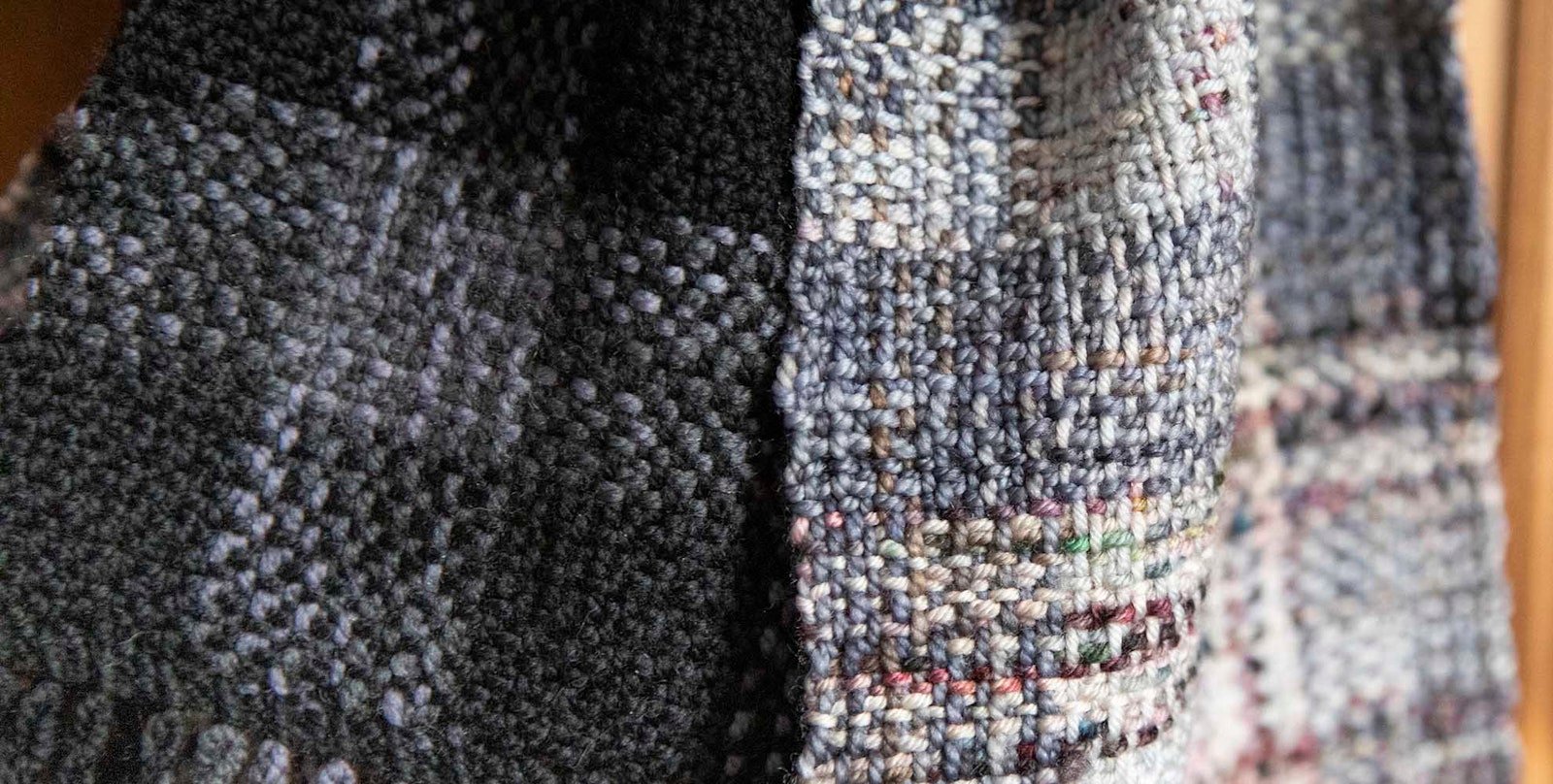 I love spring. It is probably my favorite time of year—especially down here in New Mexico. The weather is beautiful, flowers are starting to pop up among the cacti and yucca, and the produce selection at the farmer’s market is getting bigger and more varied with each week. What I love about spring produce is how easy it is to prepare—the flavors are so bright and fresh that the simplest preparation is often the best so the produce is front and center. From steamed sweet peas to grilled asparagus, rarely anything more than a bit of salt, pepper, and olive oil is needed.
I love spring. It is probably my favorite time of year—especially down here in New Mexico. The weather is beautiful, flowers are starting to pop up among the cacti and yucca, and the produce selection at the farmer’s market is getting bigger and more varied with each week. What I love about spring produce is how easy it is to prepare—the flavors are so bright and fresh that the simplest preparation is often the best so the produce is front and center. From steamed sweet peas to grilled asparagus, rarely anything more than a bit of salt, pepper, and olive oil is needed.
Much of the same can be said about weaving. Sometimes you find a special yarn that is so lovely that you build your piece around the yarn, carefully choosing a weave structure to show off color changes, texture, or (often in my case) the glitter. In these cases the structure chosen is usually something fairly simple so it doesn’t compete with the yarn. For example, I had a gorgeous skein of hand-dyed, variegated yarn—a luscious wool/silk blend. I knew I wanted to weave it into a scarf, but I didn’t know how. Specifically, how could I make certain variegations of the yarn were shown off without making everything muddy?
Then, while warping the loom for another project (of course), I had an epiphany! I spotted some leftover black alpaca on my stash shelf. It was the same sett as the wool/silk blend and the two next to each other looked wonderful as the black set off the oranges and pinks in the dyed blend. Next up was choosing the right structure. I did a little looking and eventually found a draft for a simple undulating twill with long floats that I knew would show off the variegated yarn beautifully. The floats were in the warp so I turned the draft (easy peasy!) and got started calculating warp length, warp ends, and the rest.
My scarf turned out beautifully—the dyed yarn stands out beautifully from the black and the color changes pop beautifully in the weft. I love how soft it is and how warm, and how it almost looks like tiger stripes. The only thing that makes me sad about the scarf is how rarely I get to wear it down in New Mexico.
Of course, I’m not the first person to “discover” the beauty of weaving with beautiful yarns in simple structures. For example, in the January/February 2016 issue of Handwoven, Susan E. Horton used some gorgeous linen/silk and wove it using simple modified log cabin to create a delicately patterned shawl that is all about the yarn. One yarn was a light purple while the other changes from cream to lavender and other related hues. Combined in the log cabin they work so well together to highlight the color changes while also creating an interesting pattern that makes you want to reach out and grab the shawl to investigate it further.
As a cook, I admit to loving complicated recipes with lots of seasonings, herbs, and steps to create complex flavors. At the same time, I also love the simple recipes from summertime salad of tomato and basil to a roasted butternut squash in fall—the flavors are simpler but no less wonderful than their complicated cousins. In weaving, it’s the same. I treasure my simple twill scarf as much as I do my overshot towels with many colors of weft or my pinwheel napkins, all woven in different variations of the same pattern. In both disciplines, it’s all about knowing your ingredients and how best to make them shine.
Happy Weaving (and Cooking)!


